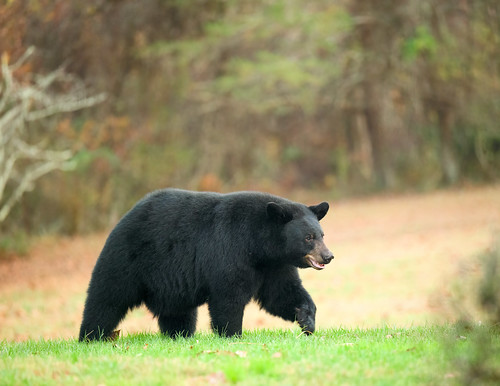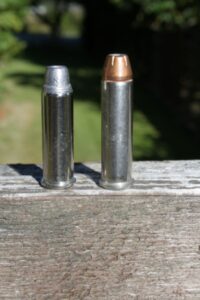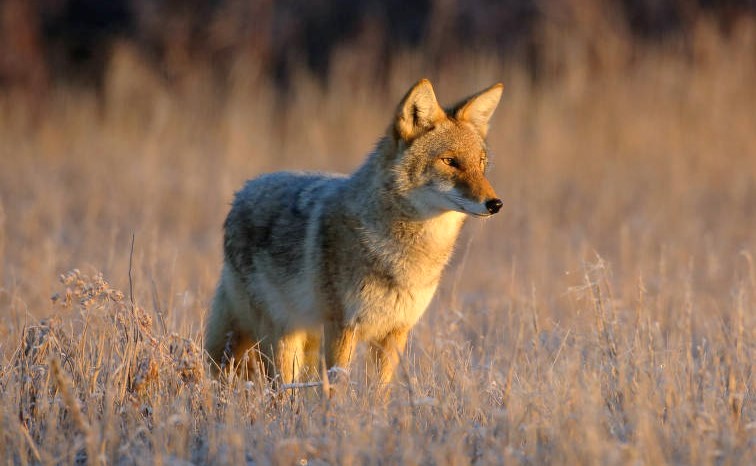
By Dave Workman
Editor-in-Chief
Authorities in Alaska are investigating two bear attacks in the Anchorage area which happened within days of one another, according to ABC News.
A man in British Columbia was hospitalized after being attacked by a grizzly bear near the Kootenay River near West Creston. His wife used bear spray to make the bear, and a second grizzly, depart, UPI is reporting.
Back in May, a man and his dog were fatally mauled by a black bear in Florida. It was the first fatal bear attack in state history, according to a Fox News report.

A Montana man was forced to kill a grizzly bear that charged him on his property east of Kalispell.
Out in Washington, as previously reported, a 4-year-old was attacked by a mountain lion at Olympic National Park’s Hurricane Ridge before the child’s father rescued him and chased the cat away.
And in Seattle’s Ballard neighborhood, KCPQ News is reporting how a pack of coyotes has taken over the area, with some of the animals getting onto peoples’ roofs.
Are the animals trying to tell us something?
LIVING, WANDERING IN COUGAR COUNTRY
Over the generations, human-animal encounters have been almost routine occurrences, depending upon the location. It is hardly surprising to read about such incidents happening in Montana, Alaska, Washington or British Columbia. California has seen fatal cougar encounters over the past several years, and there was one in Washington about six years ago. Hardly a summer goes by when there aren’t reports of people being injured because they stupidly try to get near bison in Yellowstone or the Black Hills.

As noted back on July 23 in a discussion of sidearm options in mountain lion country, some people routinely carry handguns when they are in the wilds, for personal protection.

If you’re going to have a gun for defense against wild animals. make sure it is chambered for a cartridge with enough force to finish the job. Handguns ranging upwards from .38 Special and .357 Magnum to .44 Magnum and .45 Colt or .45 ACP are the only ones worth consideration.
Last year, Florida Gov. Ron DeSantis signed into law The Self Defense Act of 2024, which allows Floridians to use lethal force to defend themselves against threatening bears.
As reported at the time by the Tallahassee Democrat, “Officials say in recent years there has been a significant increase in humans encounters with bears. The Florida Fish and Wildlife Commission reports a 33% increase in animal nuisance calls, with nearly 6,000 bear-related calls out of a total of 14,000 calls in 2022.”
Noted firearms and self-defense expert Massad Ayoob has mentioned defense against animals during his comments at recent Gun Rights Policy conferences.
Before anyone “goes off half-cocked,” there are some safety considerations, as well as wildlife laws which must be taken into consideration. Where it might be acceptable to shoot a coyote, you could be in serious trouble if you use a gun to take out a grizzly or mountain lion, or even a black bear.
For the people in Seattle, shooting a coyote could result in charges ranging anywhere upwards from discharging a firearm in a residential area to hunting without a license.
Because grizzlies are protected in the Lower 48, any fatal shooting of such a bear would result in an investigation by the U.S. Fish & Wildlife Service.

Killing a cougar in self-defense will bring an investigation by state fish and wildlife authorities. Ditto shooting coyotes, and in Ballard, the shooter will also be chatting with responding police.
While such stories are alarming, dangerous or deadly human-animal encounters remain fairly rare. Even with continuing human encroachment on rural and even wild areas where wildlife—including predators—are certain to be present, such incidents do not happen frequently.
It is not illegal to kill a wild animal in self-defense, or in defense of another person. Just remember there is a downside. Bear spray, shouting, making loud noises; those are all suggested options.
The firearm is always the last resort.



